During my last visit to Barcelona, Spain, I followed the traces of the so-called “Republic of Catalonia” taking a walk along the streets of Gracia, Raval, and Eixample districts. Here you will find a small photographic report divided into two galleries of 23 pics each. This is the first one.
As you may know, on Oct 1, 2017, the Catalan regional government held a referendum contrary to the Spanish constitution to ask citizens whether or not they were in favor of independence. The reaction of Spanish authorities has led to the dissolution of the regional government, the imprisonment of ten politicians and secessionist leaders (of which 6 already released), the escape of others five to Belgium, and the convening of new elections for December 21. Meanwhile, the phantom Republic of Catalonia has been proclaimed.
Most political experts and media critics have described the events of the last 2 months as insane and grotesque, asking for reason and respect for the law to prevail. Moreover, no foreign country recognized the newly-born Republic of Catalonia, that BTW would almost certainly fail in a short time, due to, among other things, business and capital flight as well as unsustainable interest rates.
But the Republic of Catalonia has nothing to do with rationality. It’s a state of mind. It’s a platform for expressing dissent and malaise against Spain, accused of corruption, nepotism, bullying, and fiscal greed. It’s first and foremost a way to feel part of an active and passionate community.
So, a century after the Bolshevik revolution, somebody decided to turn Spain upside down. In just a few months, a long anarchist and rebellious tradition has awakened under the estelada (starred) flag involving about one-third of Catalans.
Private and public places are now literally covered with flags, posters, banners, ribbons, and various signs. Catalan independentists have been able to mark the territory with their own ID codes, which sometimes assume the appearance of evocative pagan altars. It’s a form of spontaneous creativity generated by those who, rightly or not, consider themselves the end users of the city.
In a metropolis like Barcelona, political messages compete with smartphones, billboards, street art, and graffiti to catch the attention of passersby in a visual battle to fill the places with meaning. In this process, free political expression becomes in itself a primeval and chaotic form of public art.
In both photo galleries, I tried to give a time dimension to my visual rambling by assuming 3 different phases: dream and hope, celebration, disillusion and resentment. After all, that is the fate of any mass political movement, isn’t it?
As you can see, the independentist rhetoric often distorts the meaning of words. Democracy becomes the urge to vote at any cost and the politicians in prison are automatically “political prisoners”, with scant regard for those who really are imprisoned for their political beliefs in many countries of the world.
Some of the keywords of the movement can be found on a black shop shutter. They include commitment, respect, enthusiasm, happiness, diversity, freedom, culture, history, future, innovation, progress, sustainability. As Voltaire said: “All is for the best in the best of possible worlds.” Then reality normally kicks in.
The messages scattered throughout the city can also be ironic and surreal (e.g. cats want to vote…) or provoke the opponents. One of the images of the second gallery, in particular, is quite revealing of the atmosphere. Someone had written, “We are a Republic” on a canvas. An opponent canceled the word “Republic” and drew a Spanish flag right next to “We are”. Later, a third guy (or perhaps the first one again) put a cross on the flag leaving only “We are”. Without realizing, they ended up with a nice inclusive message. Even Hamlet would be relieved.
P.S.: want to organize your custom visual rambling in Barcelona? Follow the motto “less museums, more squares” and choose 3 or 4, such as Plaça Reial, Plaça de Salvador Seguí, Plaça dels Àngels, and Plaça de la Vila de Gràcia. Connect the dots on a map and make many detours along the way. Suddenly you’ll find yourself in the Republic of Catalonia.











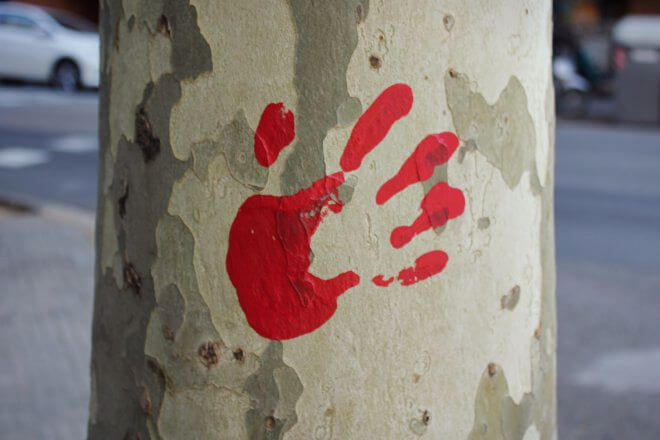


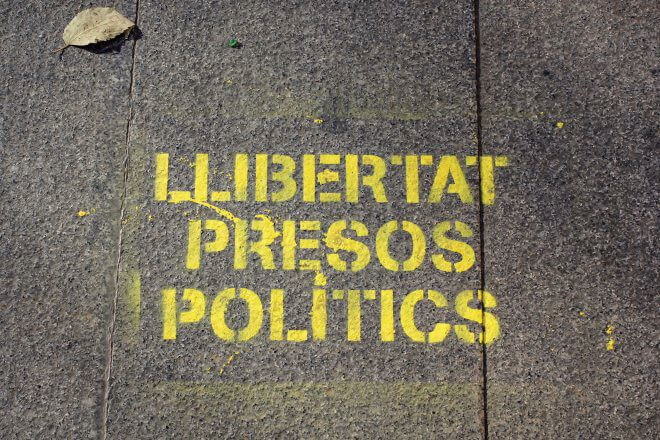








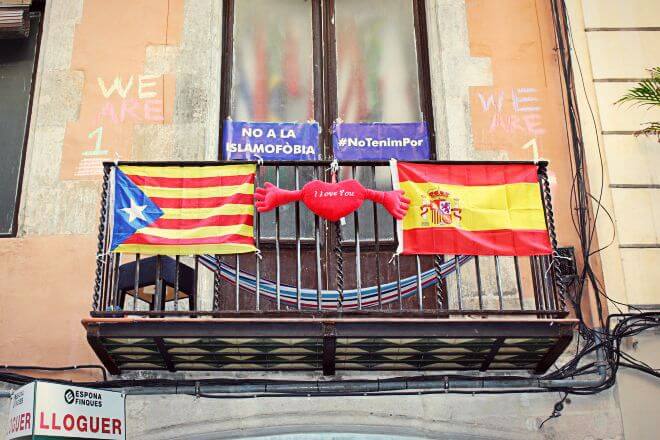
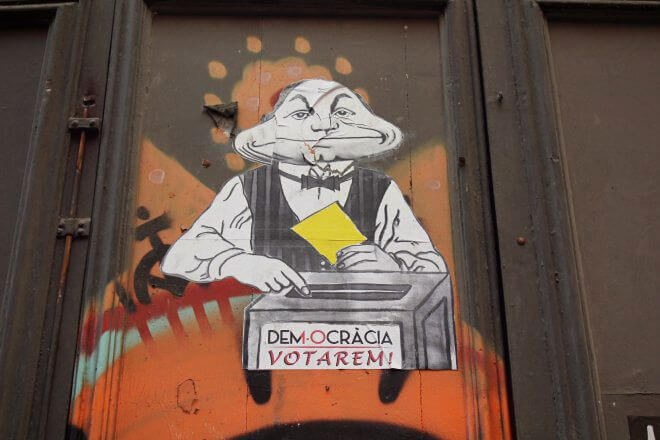





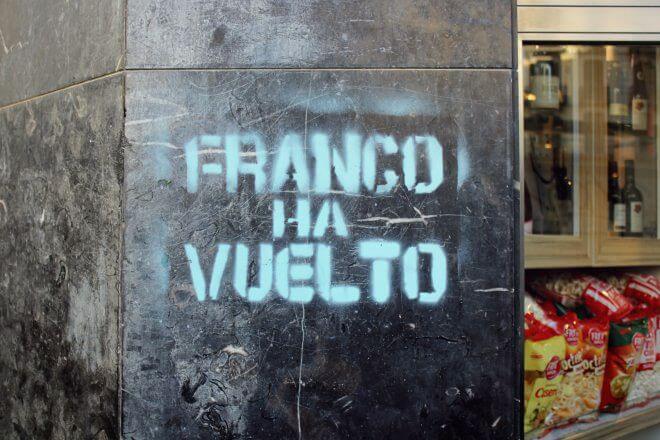







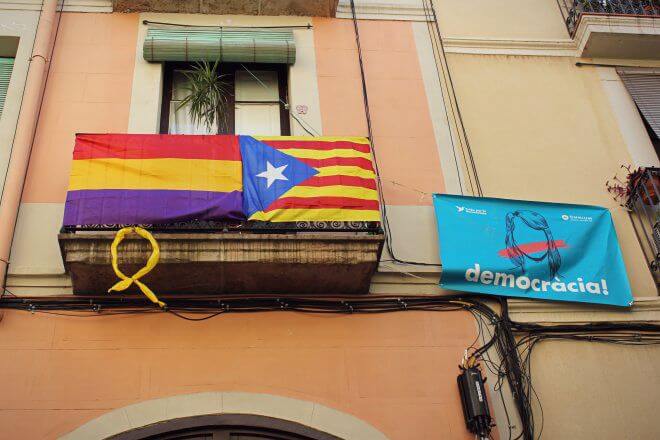








I respect your opinion (and all opinions) but I don’t agree.
We don’t want to disturb tourists and travelers, we only want to be free.